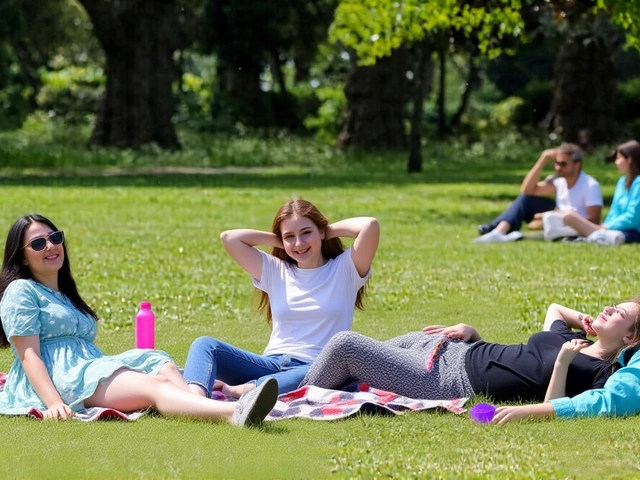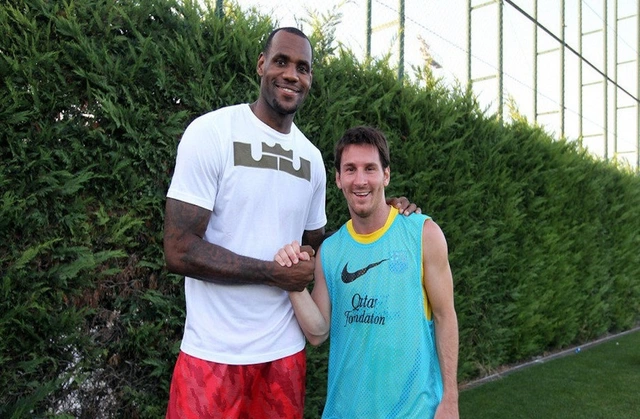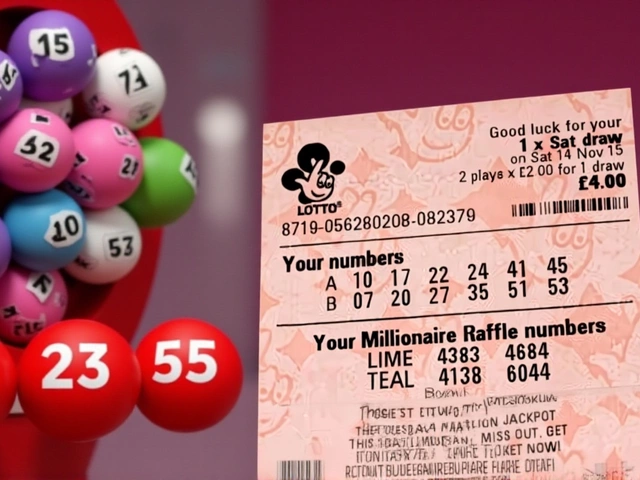Greta Thunberg and the Rise of Modern Climate Activism
When you hear Greta Thunberg, a Swedish climate activist who sparked the global school‑strike movement. Also known as the climate activist Greta, she proves that a single voice can ignite worldwide demand for change. Greta Thunberg embodies the idea that urgency drives action, and her speeches have become the rallying cry for millions. This connection creates a clear semantic triple: Greta Thunberg inspires youth activism. Her story also shows how personal conviction blends with public pressure to force governments into tackling carbon emissions.
Why Climate Activism, Carbon Neutrality, and Youth Movements Matter
Another key player is climate activism, organized efforts to raise awareness and demand policy shifts on global warming. Climate activism requires tools like social media, public demonstrations, and scientific data, and it directly fuels youth movements, collectives of young people pushing for environmental justice. The semantic link is simple: climate activism fuels youth movements. When teenagers march, they put pressure on legislators, creating another triple: youth movements push environmental policy. Meanwhile, the goal many activists chase is carbon neutrality, a state where net carbon emissions equal zero, typically achieved through reduction and offsetting. Carbon neutrality is not just a buzzword; it sets concrete targets for businesses, cities, and nations. It ties back to sustainable living, a lifestyle choice that sustainable living, practices that reduce ecological footprints while meeting present needs promotes. The relationship forms a triple: carbon neutrality enables sustainable living. Together, these entities build a network where activism, policy, and everyday choices reinforce each other.
What does this mean for you, the reader? Below you’ll find a curated mix of stories, analyses, and practical guides that reflect the themes we just covered. From the latest updates on Greta Thunberg’s speeches to deep dives on how youth movements shape climate law, each post adds a piece to the bigger puzzle of environmental action. Expect real‑world examples of carbon‑neutral projects, tips for adopting sustainable habits, and insights into how climate activism is reshaping public discourse. As you scroll, think about how the ideas of urgency, collective power, and measurable targets intersect in each article – they’re all parts of the same drive toward a greener future.
Greta Thunberg alleges abuse as Israel deports Gaza aid activists
Categories
RECENT POSTS
UK Clocks Jump Forward March 30, 2025 – British Summer Time Begins
The UK shifts to British Summer Time on 30 March 2025 and reverts on 26 October, affecting millions. History, impact and future plans explained.
When will Shohei Ohtani become a free agent?
Shohei Ohtani is a two-way baseball player for the Los Angeles Angels who is set to become a free agent in the fall of 2021. He is currently under contract with the Angels until then, and cannot be signed by another team until that point. However, teams can negotiate with Ohtani's representatives prior to the free-agency period, as teams are allowed to negotiate with players who have three or more years of MLB service. Ohtani is expected to be one of the most sought-after free agents next year, and could potentially receive a large contract from a team looking to sign him.
Who is more famous, Lionel Messi or LeBron James?
Lionel Messi and LeBron James are two of the most famous athletes in the world. Messi is widely regarded as one of the greatest soccer players of all time, while James is a four-time NBA Champion with the Los Angeles Lakers. Both have legions of fans across the globe, but who is more famous? It's difficult to say definitively, but Messi likely has the edge. He has won the Ballon d'Or for the world's best player an incredible six times, and he has helped Barcelona become one of the most successful teams in club soccer history. Meanwhile, James' popularity has waxed and waned over the years, and he is still chasing Michael Jordan's legacy in the NBA. Ultimately, Messi's sustained success on the pitch and global fan base make him the more famous of the two.
£11.4 Million UK Lotto Jackpot Rolldown Boosts Winners on July 26, 2025
The £11.4 million UK Lotto jackpot rolled down on July 26 2025, upping prizes for 1.6 million winners, while the Thunderball draw hit a £500,000 top prize.
Why is the LA Lakers-Boston Celtics rivalry the best in sports?
The LA Lakers and Boston Celtics have a storied rivalry that dates back to the 1960s. The two teams have met in the NBA finals 12 times, with the Lakers winning nine of those matchups. The rivalry is not just based on the number of championships won, but also on the personal battles between the teams' stars. The Lakers and Celtics have featured some of the greatest players in NBA history, such as Magic Johnson, Larry Bird, Kobe Bryant, and Kevin Garnett. The Lakers and Celtics continue to battle for supremacy in the NBA, and their storied rivalry is regarded as the best in sports.





